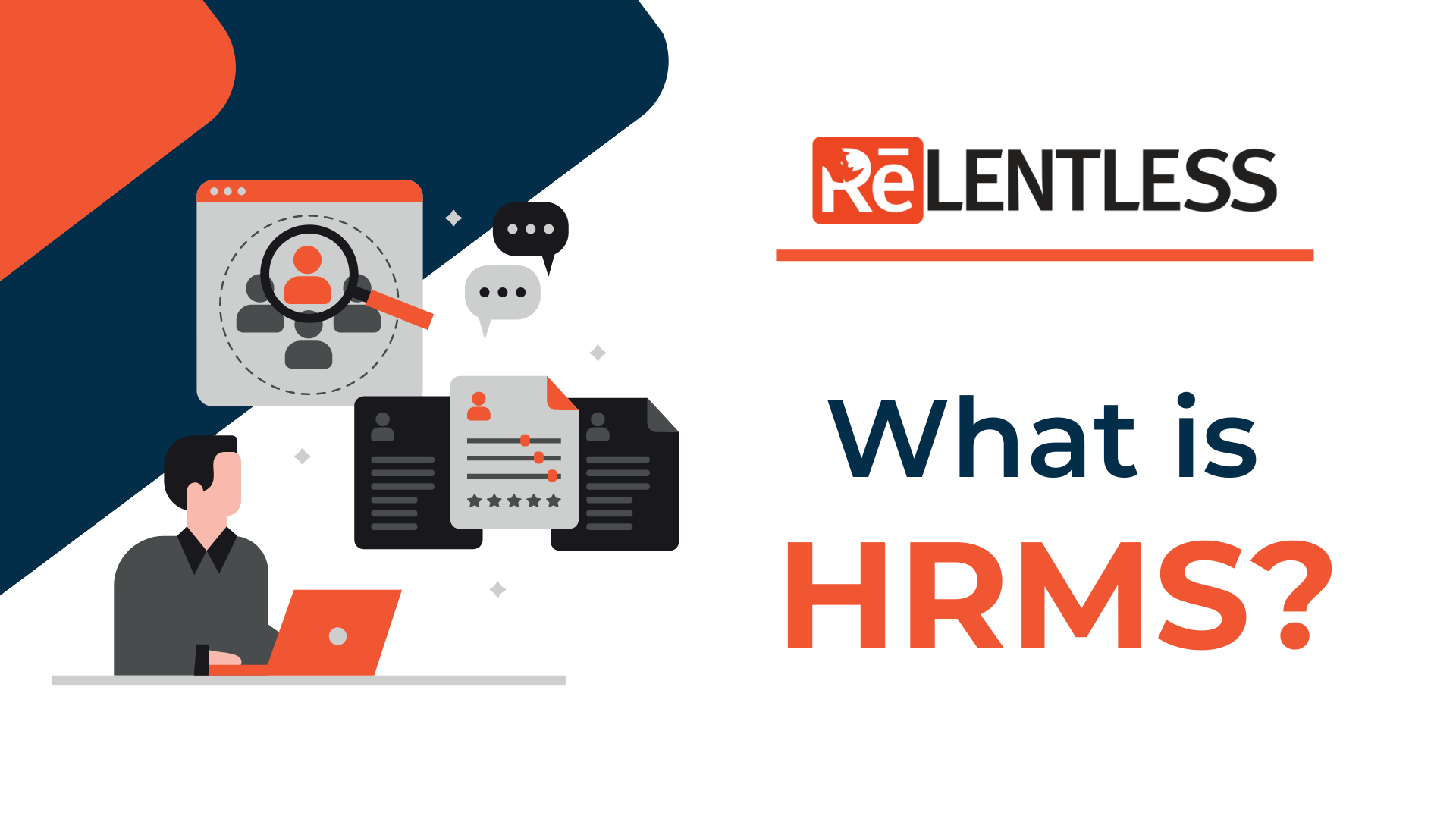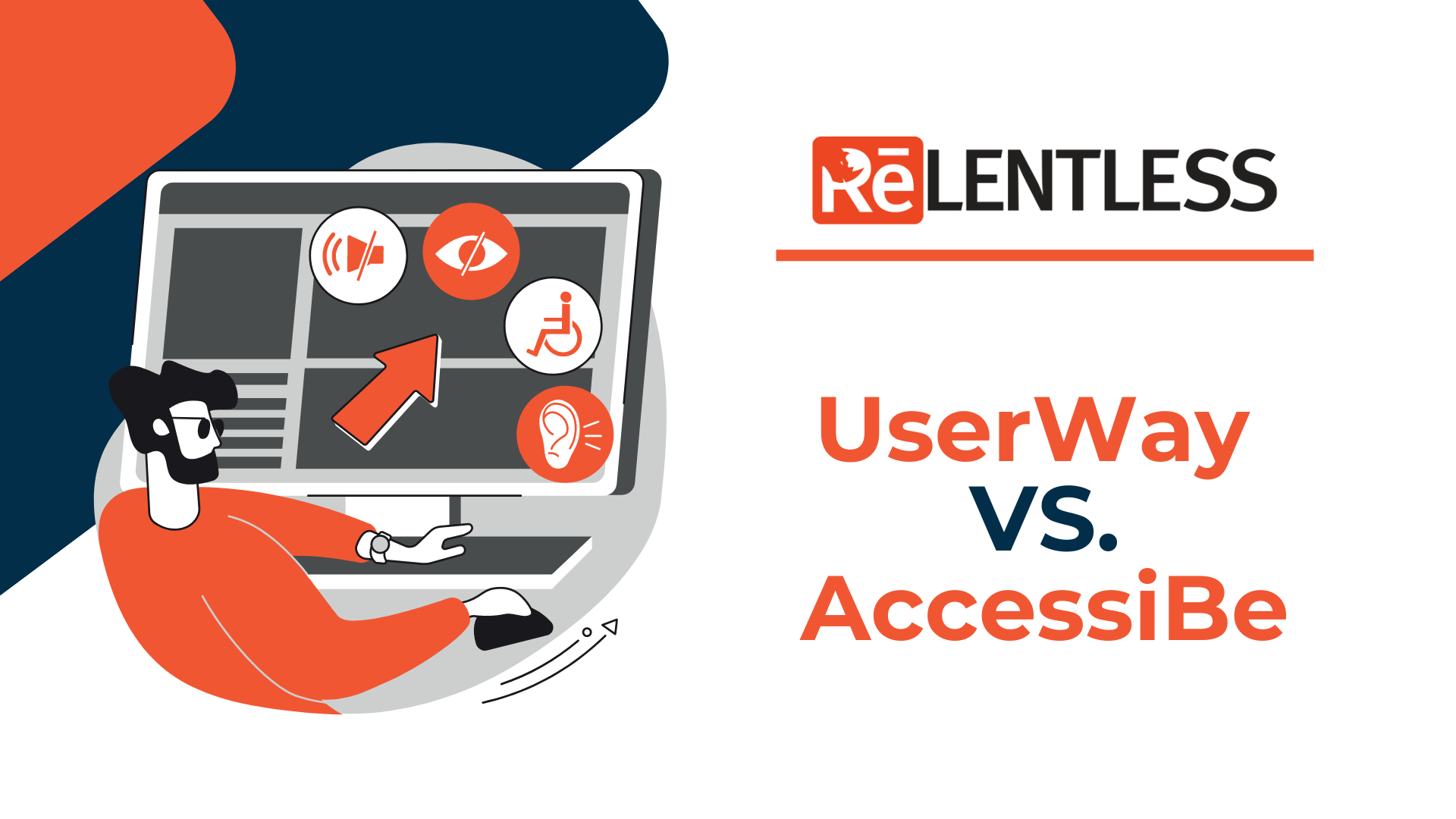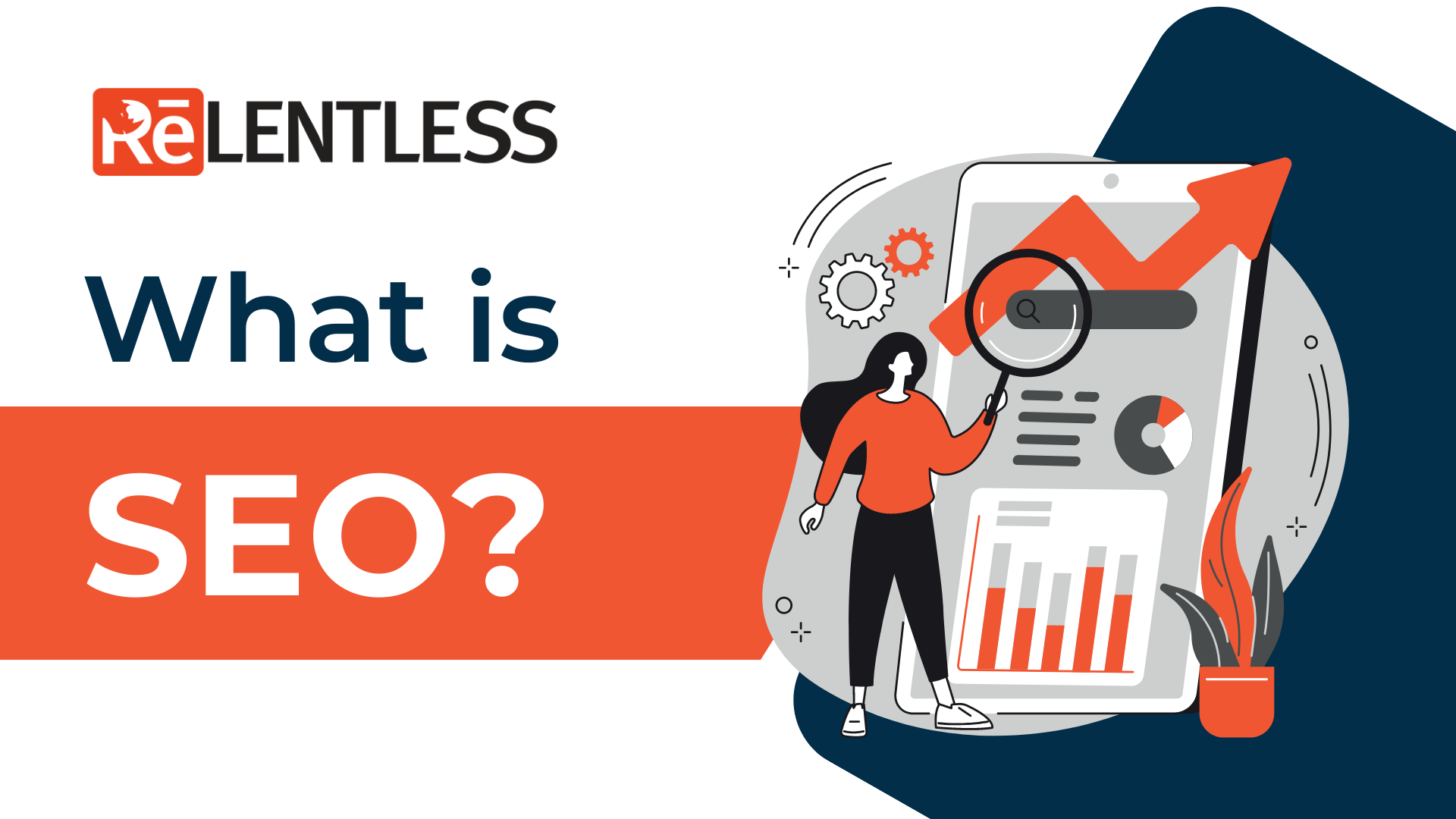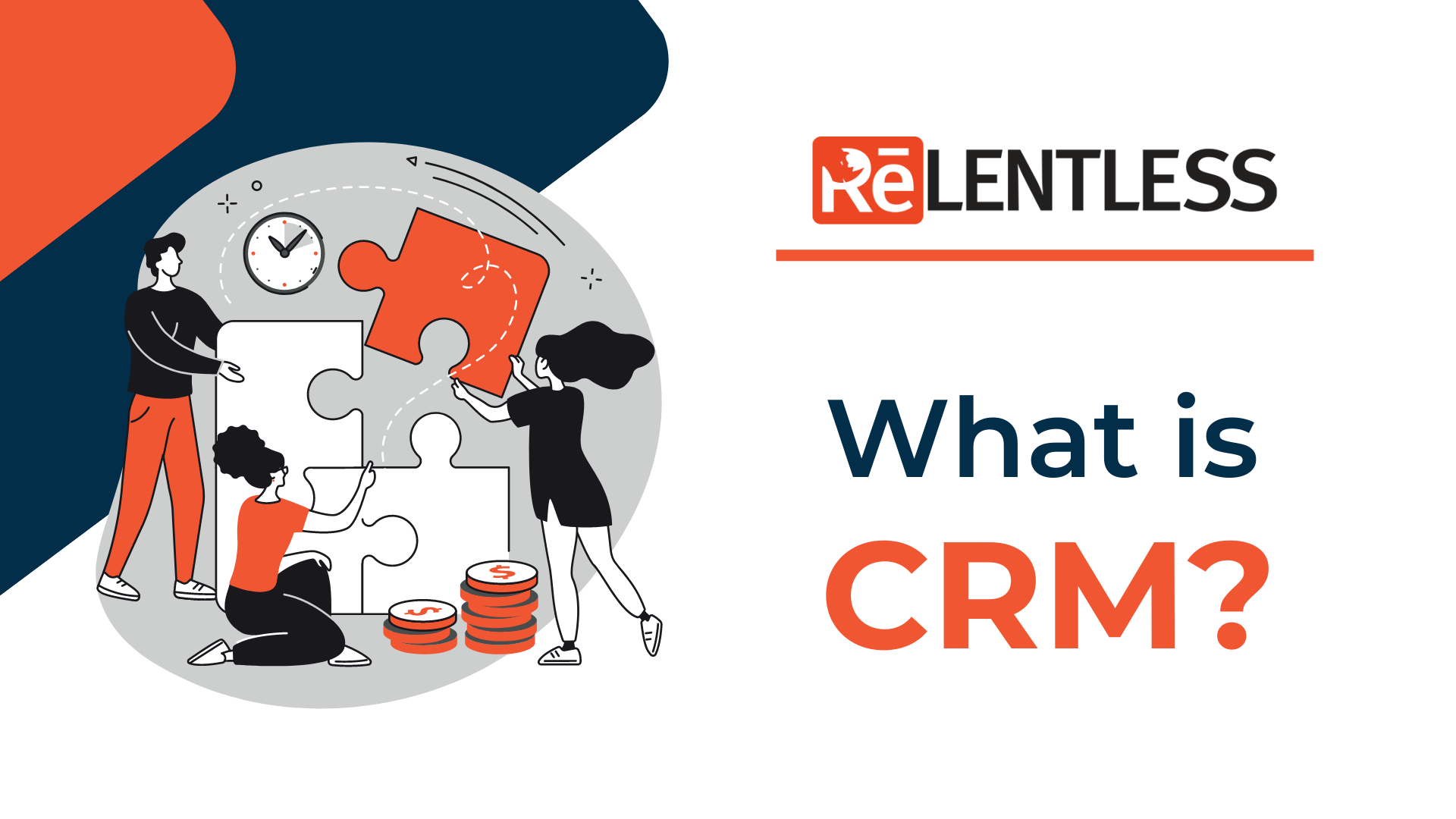Human Resource Management System (HRMS) handles Human Resource (HR) activities and is essential in thriving companies. In contrast, a few companies have been successful without HR automation.
A Human Resource Management System (HRMS) can assist large and small companies in increasing their level of performance. It is a collection of software applications used solely to manage Human Resources and related operations throughout personnel work. In addition, the HRMS allows companies to fully understand their workforce while complying with various laws and regulations.
What is Human Resources Management System (HRMS)?
First, let’s make a differentiation between HR and HRMS. Human resources (HR) is the division of a company that is in charge of finding, recruiting, and training job candidates and managing employee benefit programs. Meanwhile, a Human Resource Management System (HRMS) is a form of Human Resources (HR) that uses information technology to manage numerous HR activities. An HRMS aims to improve a company’s productivity and efficiency by automating repetitive and manual tasks.
The benefits that a company can receive by implementing an HRMS include:
- Personnel can handle predetermined tasks involving entering their personal information while saving time for HR professionals.
- Company executives can use an HRMS to schedule automated reminders and emails, saving management teams time to track responses.
- HRMS platforms enable users to tailor their workflow to their company’s needs to provide the best user experience.
- An HRMS includes security features such as authentication measures that restrict access to authorized data and protect company data.
For HR managers, a lot goes into managing employee information, which is helpful for everything, from hiring and recruiting to training and examinations. Due to the importance of this process, many companies use a Human Resource Management System (HRMS) for employee recruitment, career advancement, payroll services, attendance records, leave approval, long-term planning, performance evaluations, etc. Aside from that, HRMS collects data on workers’ trends and career aspirations.
In addition, HRMS incorporation with the accounting system is indispensable for finance teams since HR-related costs are among the most expensive that a company incurs. Thus, automating repetitive HRMS tasks benefit the company’s employees, prioritizing shifting to retention, culture, and other areas.
What Are the Common Functions of HRMS Systems?
The responsibilities of HR managers include keeping track of employee histories, skills, salaries, and achievements. In addition, HRMS allows the staff to update personal information and execute other tasks, ensures that data is always up-to-date and that HR professionals are not overburdened. For easy use, within the HRMS, each module serves a distinct purpose, such as data collection or tracking.
For instance, if a company has multiple HR supervisors, they can receive real-time updates on the status of various tasks such as recruiting, payroll, benefits, and more. When an employee updates information in the HRMS, the platform will show the changes and save them in a secure cloud.
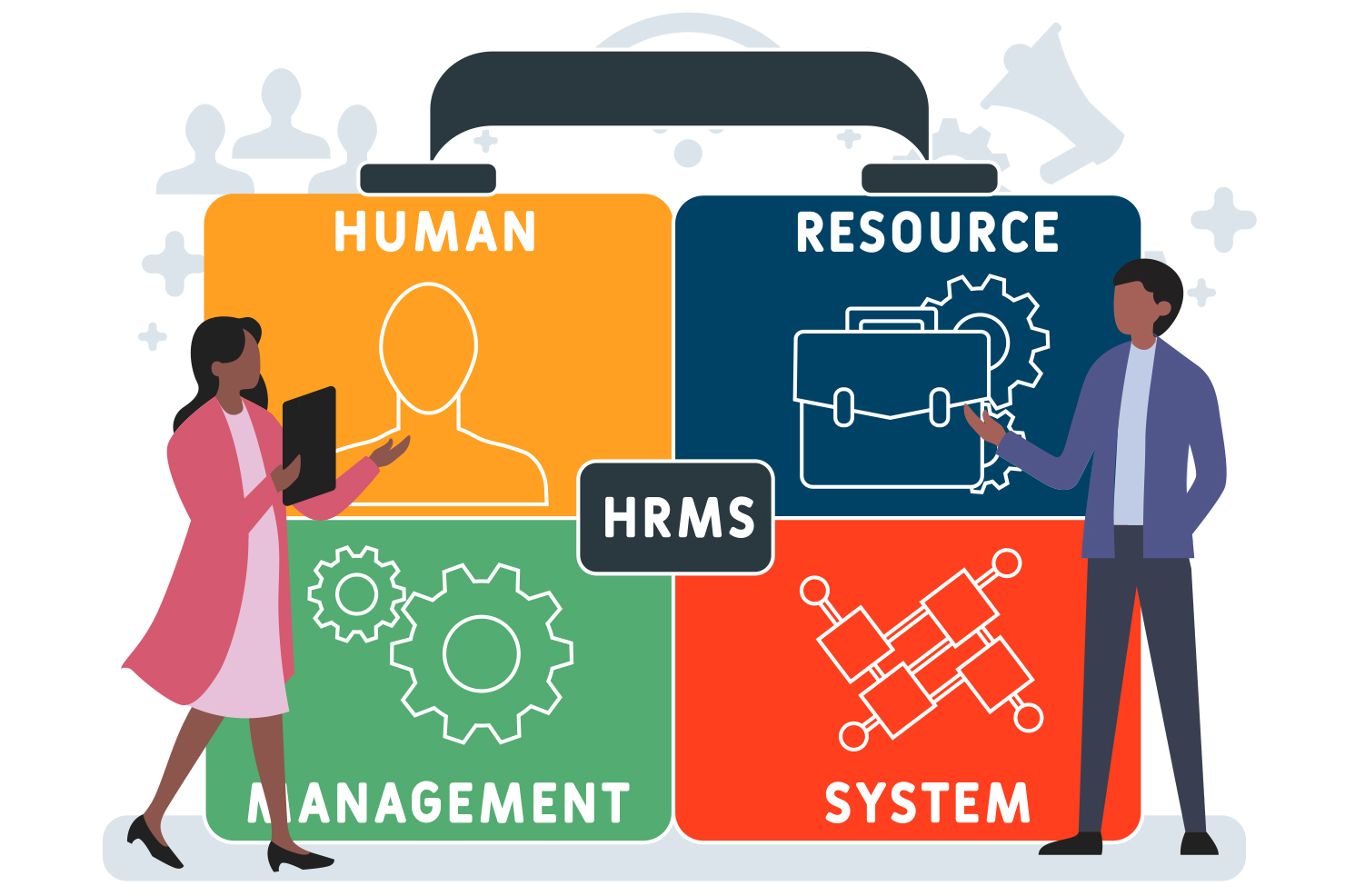
Other data management programs can incorporate HRMS for even greater ease of use. Hiring, for instance, would be handled by the recruitment and onboarding module, while the performance assessment and management module would govern job performance.
Considering which HRMS is best for your company, consider the various functional components. Modern Human Resource Management Systems (HRMS) emphasize the seven areas listed below.
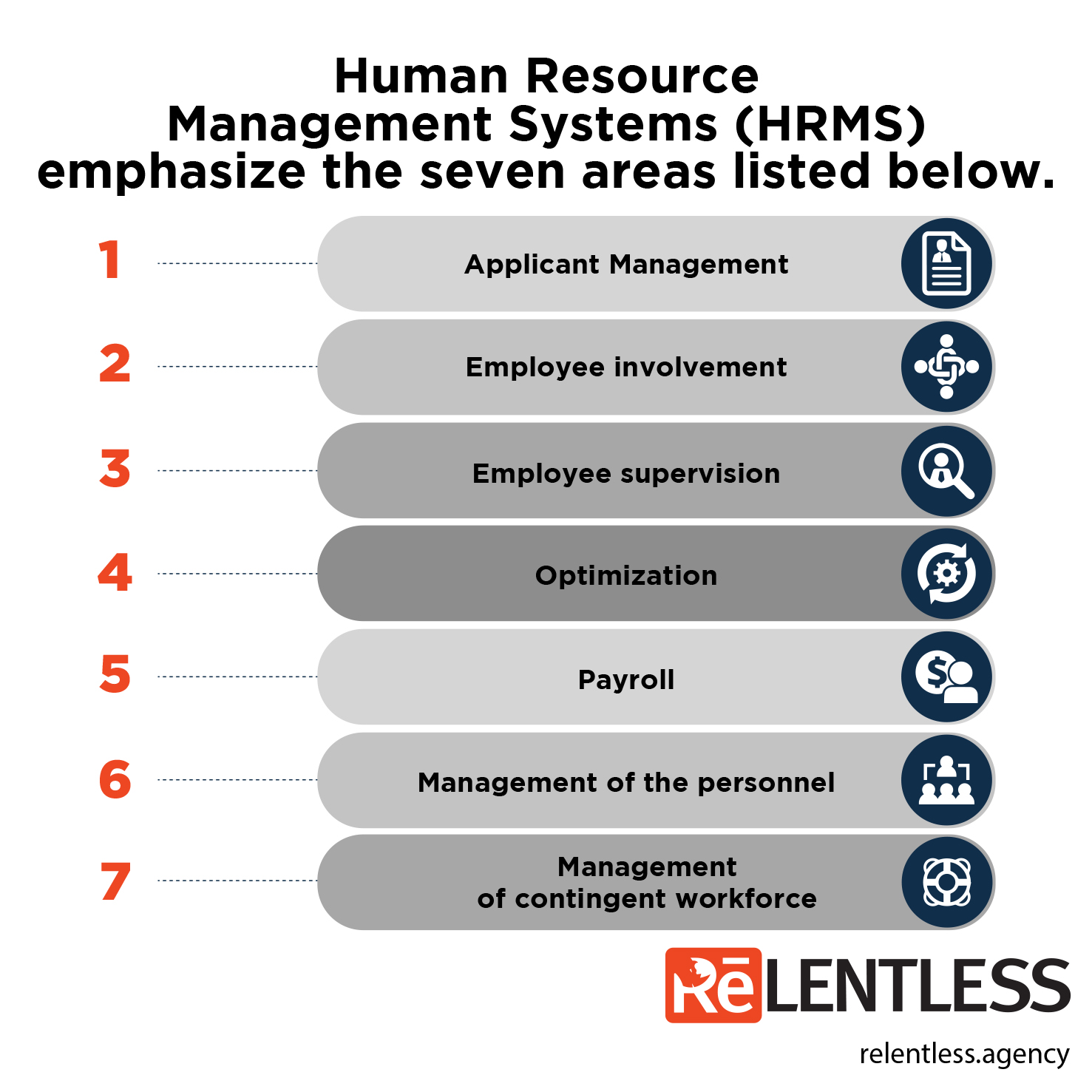
- Applicant Management
- Applicant Management corresponds to job offers to candidates and how you promote your company to the outside world.
- Employee involvement
- Employees who like to be more involved tend to be more productive and fully embrace the company’s vision and objectives. The Human Resources Management System (HRMS) is frequently used to accomplish a free training program, develop new skills, or become a great leader. HRMS has these training courses for employees programmed. It will help train employees for hard skills like computer proficiency, time management, and other tasks related to their position within the company.
Furthermore, employees who undergo a structured onboarding program are more motivated to work at the company. HRMS can also increase engagement by providing continuing education. It provides a cost-effective alternative by utilizing e-learning modules to assist employees in improving their skills and performance at their own pace.
- Employee supervision
- This function is also known as “core HR” when each department within the company has its team, and it’s crucial to specify reporting relationships between employees and managers and keep improving Human Resources (HR) service delivery.
HRMS can help companies streamline their employee management for increased productivity combined with employee supervision. Besides recruiting, hiring, and training, it includes overseeing the daily workflow and providing constructive and timely performance assessments for each employee.
- Optimization
- Employee optimization is a set of strategies and practices that use data to improve employee and organizational efficiency while lowering operational costs. It is heavily influenced by how HRMS operates within the company. As a result, optimizing the HRMS to align it with the overall organizational strategy is critical. Companies that take a positive approach to employee optimization are more flexible to change, have higher employee engagement, and try to preserve more top talent.
- Payroll
- Calculating earnings from gross to net and vice versa, withholding individual deductions, and issuing payments are routine functions of the Human Resources Management System (HRMS). Payroll functions include benefit selections and employers’ and employees’ costs.
- Management of the personnel
- Management teams use HRMS to track employee advancement, manager performance reviews, and disciplinary actions, record attendance, and ensure the company provides a safe and healthy work environment. In addition, human resources can design timesheet structures, overtime rules, and authorization chains to enhance efficiency, automation, and control.
- Management of contingent workforce
- The HRMS does not monitor employee relationships because employees are not always on the payroll, but they are usually ineligible for rewards. However, the work they do makes a significant contribution to company success. Therefore, tracking how many contingent employees are on board at any given time and the overall cost is critical.
HR Management Software Security
Security is vital when selecting a Human Resource Management System (HRMS).
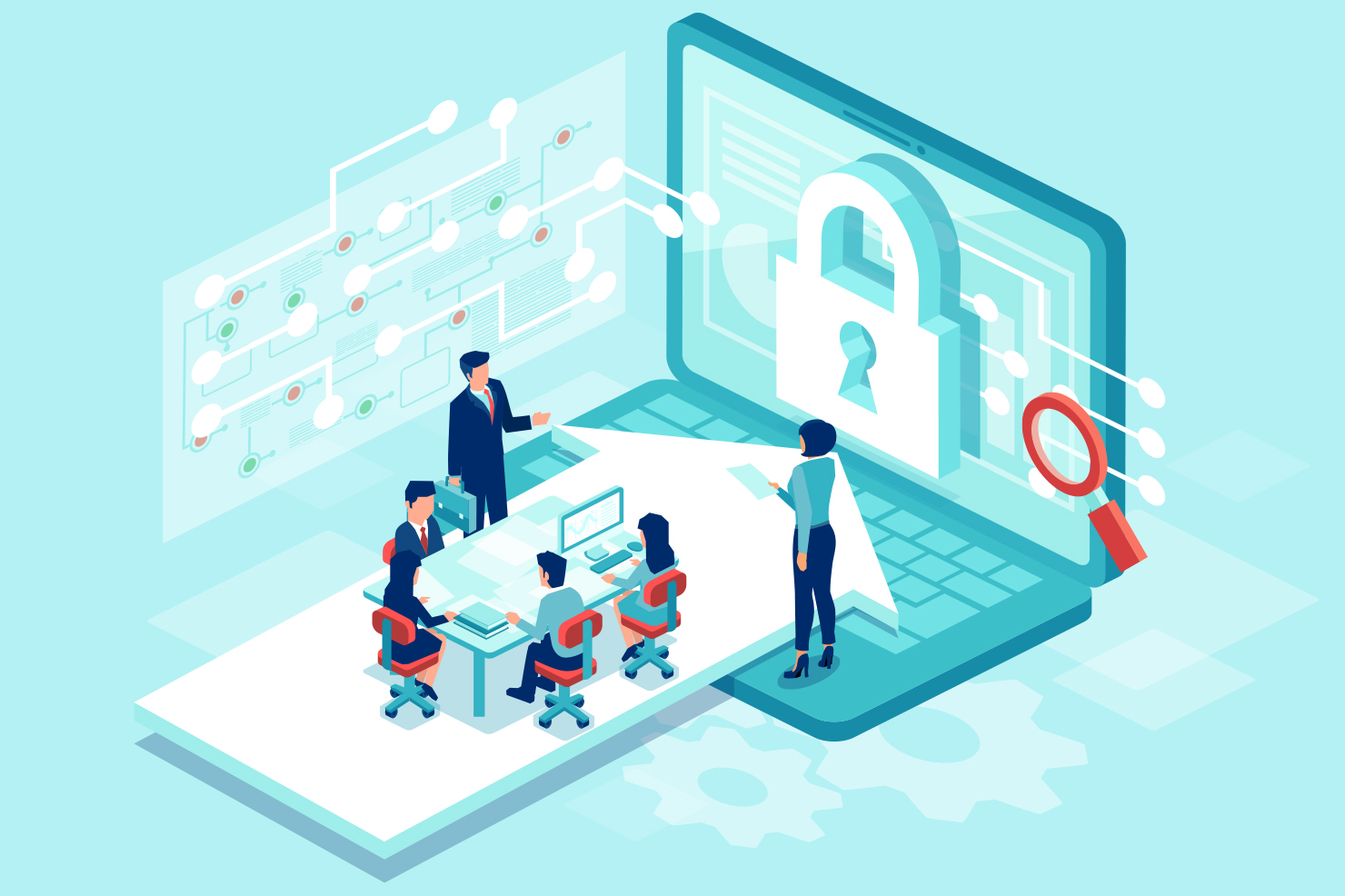
An HRMS contains highly classified information, such as proprietary company data and vast volumes of employees’ personal information. Therefore, a company needs to find software that employs a secure transmission method that encrypts data as it travels over the internet, like SSL.
As critical as it is, internal security is essential in guarding information by passwords with varying access levels based on job position within the company. Additionally, companies can authorize their employees to access portions of HRMS solutions. Still, they should maintain the integrity of the system and confidentiality.
Choosing an HRMS
Finding and implementing the appropriate HRMS for your company can significantly impact success and sustainability. However, while an automated system can help boost performance and change your company’s position in the modern marketplace, consider that the systems are not “one size fits all,”; just like each company is unique.

Here are a few suggestions for selecting the best HRMS for your company and business:
- Identify the core features of the HRMS and how it might address challenges introduced by expanding personnel and evolving organizational structure.
- Determine the strengths of various vendors and evaluate their efficiency.
- Conduct research to determine which technology best meets your requirements.
- Decide which HRMS provides your employees with the best user experience.
- Evaluate the HRMS company’s client service, practices, and achievements.

